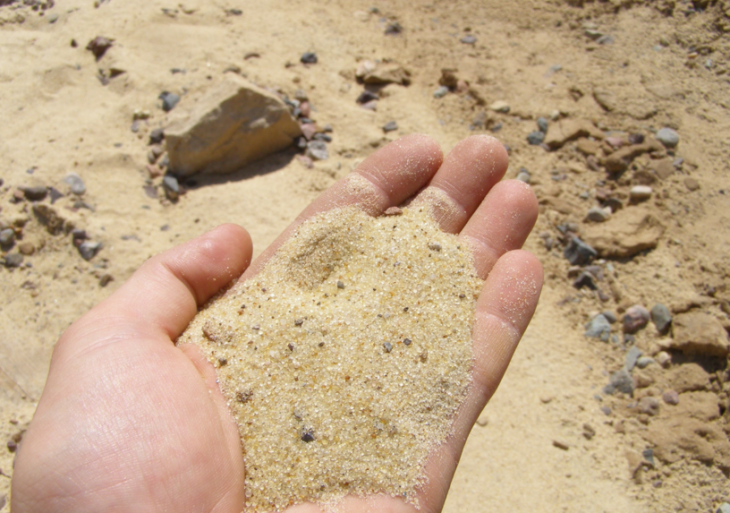Urban Next | Sand is the new oil | Refueling a new urbanization | IAAC MAA 2015 – 16
Students |
Maria Cynthia Funk
Prajakta Panchal
Sahana Sridhar
Tutors |
Daniel Ibanez
Chiara Farinea
Mathilde Marengo
Once thought of as inexhaustible, the supply of sand is now gravely threatened, between the construction boom and beach nourishment.
We can only speculate the complexity of this situation being faced by coastal cities of the twenty first century and beyond, as it fuels the new urbanization.

Sand is the new oil
Tourism is always a major crowd-drawer, revitalizing the economy of a country. This leads to construction in large-scale. And if it has beach resorts, it could be a goldmine. An underestimated resource for all of this is sand. It is however a finite resource, with ecological and economic backlash in both the legal and illegal trade of sand.
Different types have different uses. Places like Miami in the US, Dubai in the Middle East and Singapore in Southeast Asia primarily import sand for construction and as beach nourishment, while Cape Verde, located in Western Africa, depends on sand-mining as a way to generate jobs for the people. The counter-effect however is damaging to the environment.
The extensive sand-mining and dredging below the existing stream bed causes the collapse of river banks, the loss of adjacent land and erosion. It also reduces the quality of water affecting, and even poisoning, aquatic life. It salinises the adjoining groundwater system and the uses that local people make of freshwater sources.
When does it end? Will it be the same story for other coastal cities? Like Barcelona?